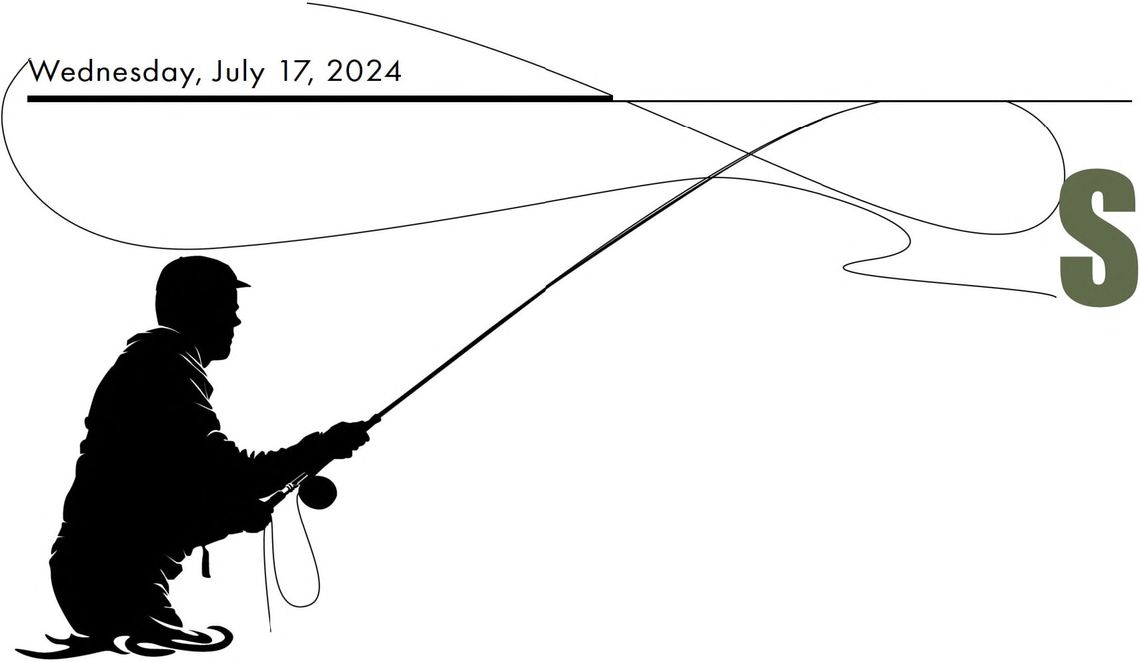Despite catfish being a beloved staple on Southern dinner tables, the Texas catfish aquaculture industry is facing stagnant growth due to various challenges, according to a Texas A&M AgriLife Extension Service expert.
Over the past two decades, the industry has struggled with stagnant market prices, shifting consumer preferences, rising production costs, and increased foreign competition.
Dr. Todd Sink, an aquaculture specialist and associate professor in the Department of Rangeland, Wildlife and Fisheries Management at Texas A&M College of Agriculture and Life Sciences, noted that the farm-gate price of catfish has fluctuated between 80 cents and $1.20 per pound over the last 25 years.
In contrast, catfish feed prices have more than doubled, from $250 per ton in 1996 to $525 per ton in 2023.
Currently, producers are earning around $1.16 per pound, while production costs range from 98 cents to $1.03 per pound, leaving a slim profit margin.
“There is very little profit margin, and tens of thousands, if not hundreds of thousands, of fish must be sold per year to support a farm enterprise,” Sink said.
Shifting Consumer Preferences A significant factor contributing to the industry's stagnation is the shift in consumer preferences.
“People have become more affluent, and their taste in fish has changed over time,” Sink explained. “Catfish is considered to be a lower-value fish, and now people are trending more toward species they perceive to be of higher value like red drum, hybrid striped bass, corvina, and Red Sea bream from Europe.”
Due to these changing preferences and stagnant market prices, many catfish producers have either left the industry or switched to different aquaculture species.
Initially, catfish aquaculture focused on channel catfish varieties.
Efforts to capitalize on hybrid vigor led to the development of blue-channel catfish hybrids, which are now primarily grown for the food fish industry. Texas Catfish Production Capacity According to USDA catfish production surveys, Texas ranks among the top four catfish-producing states, along with Mississippi, Alabama, and Arkansas.
These states accounted for 96%, or $419.5 million, of total U.S. sales in 2023. Texas’ 1,500 acres of catfish production, primarily located along the Gulf Coastal Plain and the northeastern part of the state, accounted for $22.8 million of those sales.
Although Texas trails behind Mississippi, the leading catfish aquaculture state with 33,100 acres in production and over $250 million in sales, it has a unique advantage.
“Texas is able to successfully grow more catfish per acre than most of the top-producing states,” Sink said. “In most states, producers can grow 10,000-12,000 pounds per acre, but we generally grow up to 16,000 pounds per acre.” Legislative Assistance and Future Outlook Federal legislation over the years has aided U.S. catfish producers in competing with foreign imports and protected them from catastrophic losses.
In the mid-2000s, Congress passed legislation enforcing correct labeling on fish imports, significantly increasing demand for domestic catfish.
Additionally, aquaculture producers are now eligible for assistance under the USDA’s Emergency Assistance for Livestock, Honey Bees, and Farmraised Fish program, which helps cover losses from disease or adverse weather events.
Despite these challenges, Sink does not anticipate significant growth in the industry but also does not foresee it shrinking.
He suggests that existing catfish producers can benefit from incorporating sportfish production into their operations.
“Texas is home to 1.3 million ponds, and catfish has never fallen out of favor as a recreational fish people want to stock in their ponds,” Sink said. “That demand for pond stocking has helped keep some producers going strong.”






.png)
